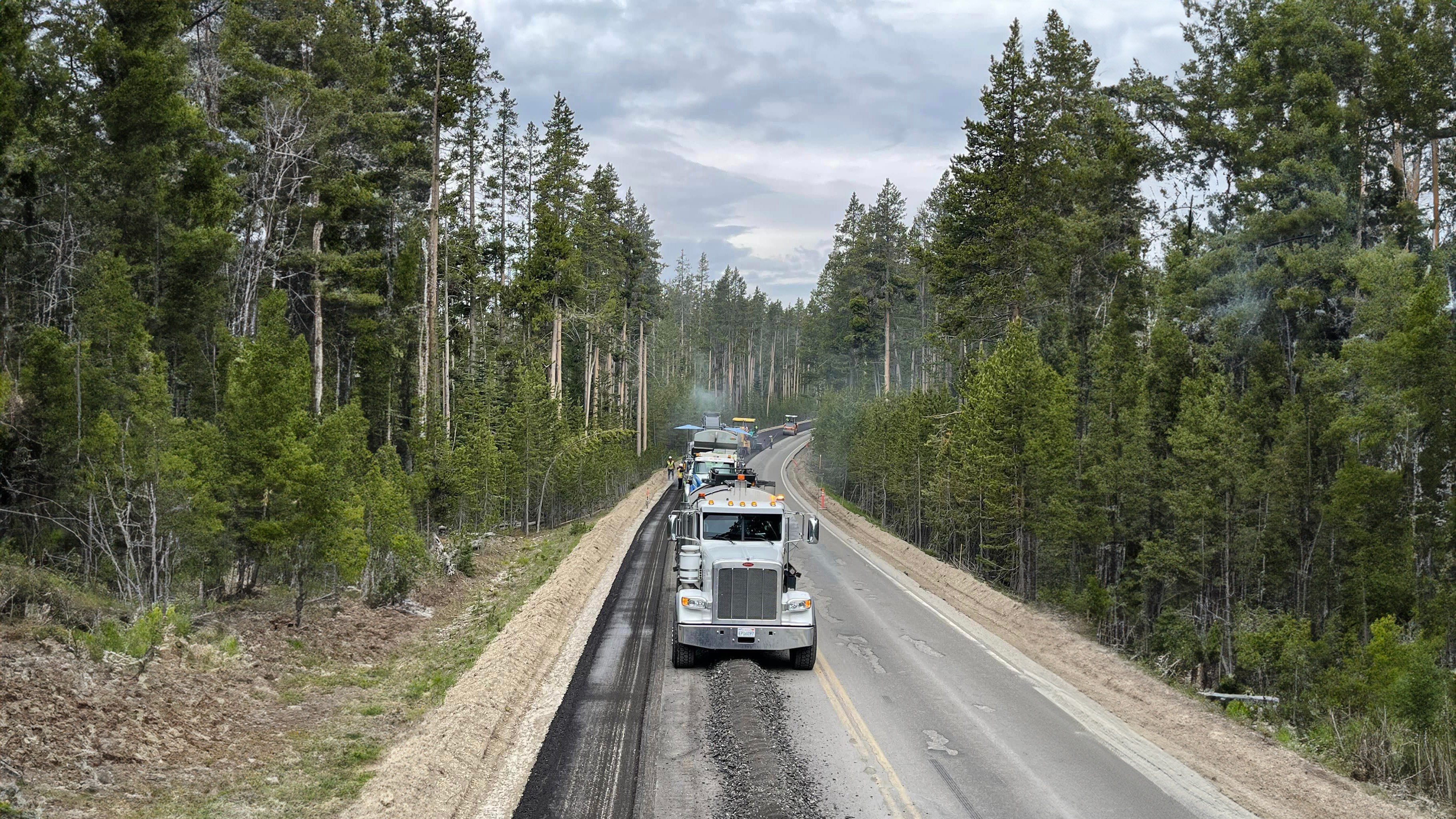








Recycling Roadways for Carbon Emission Reductions – Global Emissionairy – U.S. Project #1
Recycling roadways with cold processes to reduce asphalt paving emissions in the US
The Recycling Roadways for Carbon Emission Reductions – Global Emissionairy – U.S. Project #1 is designed to cut the climate impact of road rehabilitation across the United States by replacing conventional hot mix asphalt with cold recycling techniques. The project brings together road construction contractors nationwide to use foam stabilized base and asphalt emulsion mixes produced and installed through cold central plant recycling, cold in‑place recycling, and, where appropriate, full‑depth reclamation. These techniques reuse existing roadway materials to deliver the same function with a lower emissions footprint.
The project reduces greenhouse gases by avoiding mining and hauling large quantities of virgin aggregate, lowering the amount of liquid asphalt required, and eliminating the need to heat aggregates to high temperatures. Because production can occur on or near the job site and the mixes are installed cold, the project cuts energy use and trucking miles compared to standard practices. In many cases, these methods can also shorten construction time, reduce traffic disruptions and queues, and lessen neighborhood truck traffic.
This is a grouped project with activities limited to the United States where cold recycling is not mandated. Global Emissionairy, LLC leads the project, with technical and methodology support from the University of Maryland’s Smart Construction Center and King Cow Interactive.
Technology
Project details



Project certifications
Certifier
Verified Carbon Standard
Registry ID
VCS3839
Project registration date
Crediting period term
Latest project methodology
VM0039 Methodology for Use of Foam Stabilized Base and Emulsion Asphalt Mixtures in Pavement Application | Version 1
Project design document (PDD)
PDD: Roadway Recycling Industrial Process Emissions
Current verifier of project outcomes
SCS Global Services